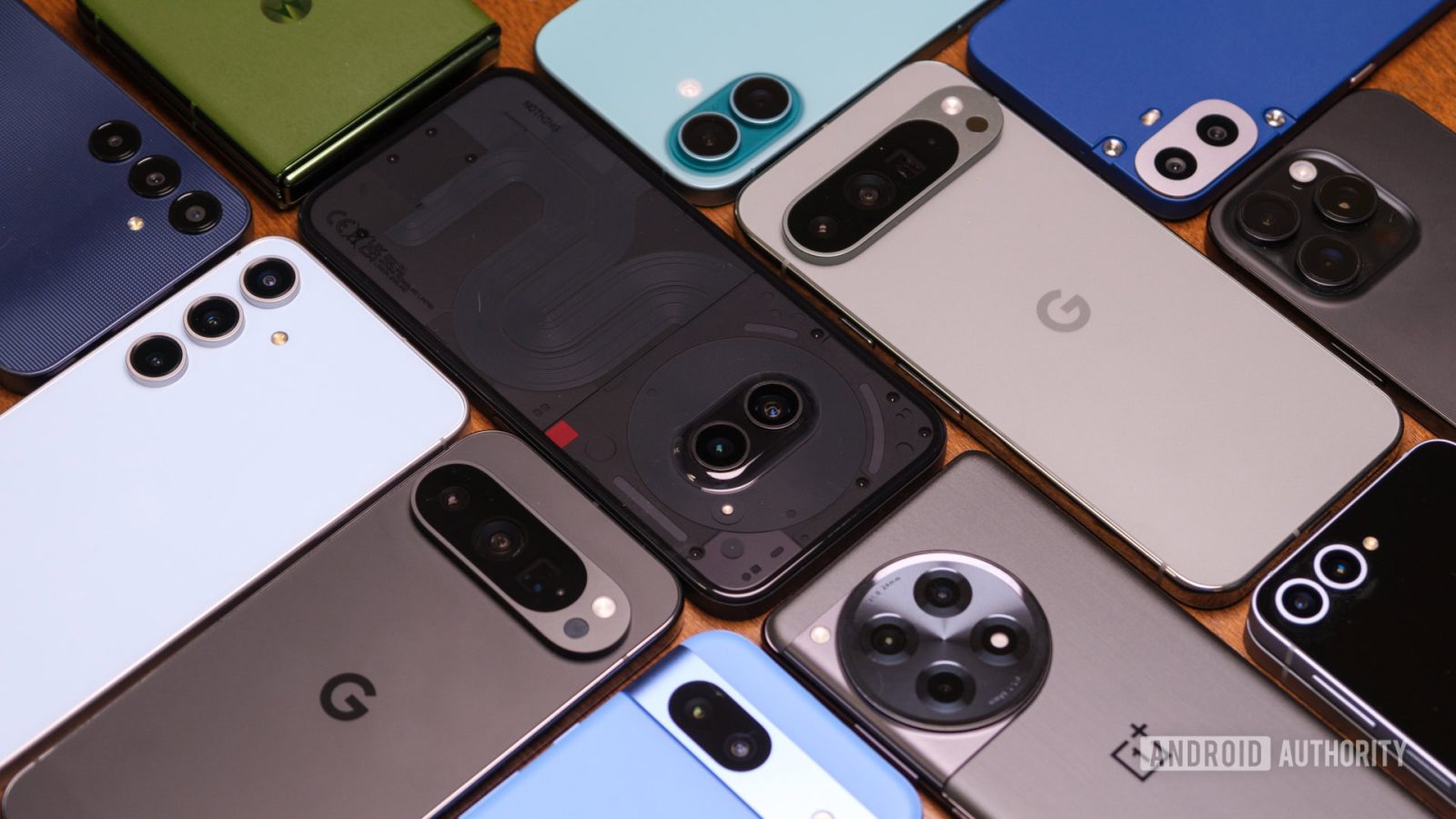
Contents
When the Samsung Galaxy S25 series launched in January, I talked a lot about how disappointing it was that Samsung barely changed the phones’ designs. I mentioned this in my hands-on with all three Galaxy S25 phones, my launch day video, my full review, and my video review, which you can see up top. And you know what? I will discuss it even more throughout 2025 as we continue covering the phones.
Generally, I’ve seen most people agree with me in the comments on that content. However, there have also been people who think I am making a big deal out of nothing. “Who cares, you’re just going to put it into a case anyway,” is a common rebuttal, as is “I don’t care what a phone looks like; I just need it to perform well.”
I’ve seen comments like these a lot in my seven years at Android Authority, but they still surprise me. I can’t understand how someone could not care about smartphone design, as it influences everything else about the device.
After seven years of incessantly discussing it, I thought it was time to put my views on this topic in one place. Let me start by addressing the two most common rebuttals.
How important is smartphone design to you?
8 votes
“I don’t care what it looks like, I just care about performance”
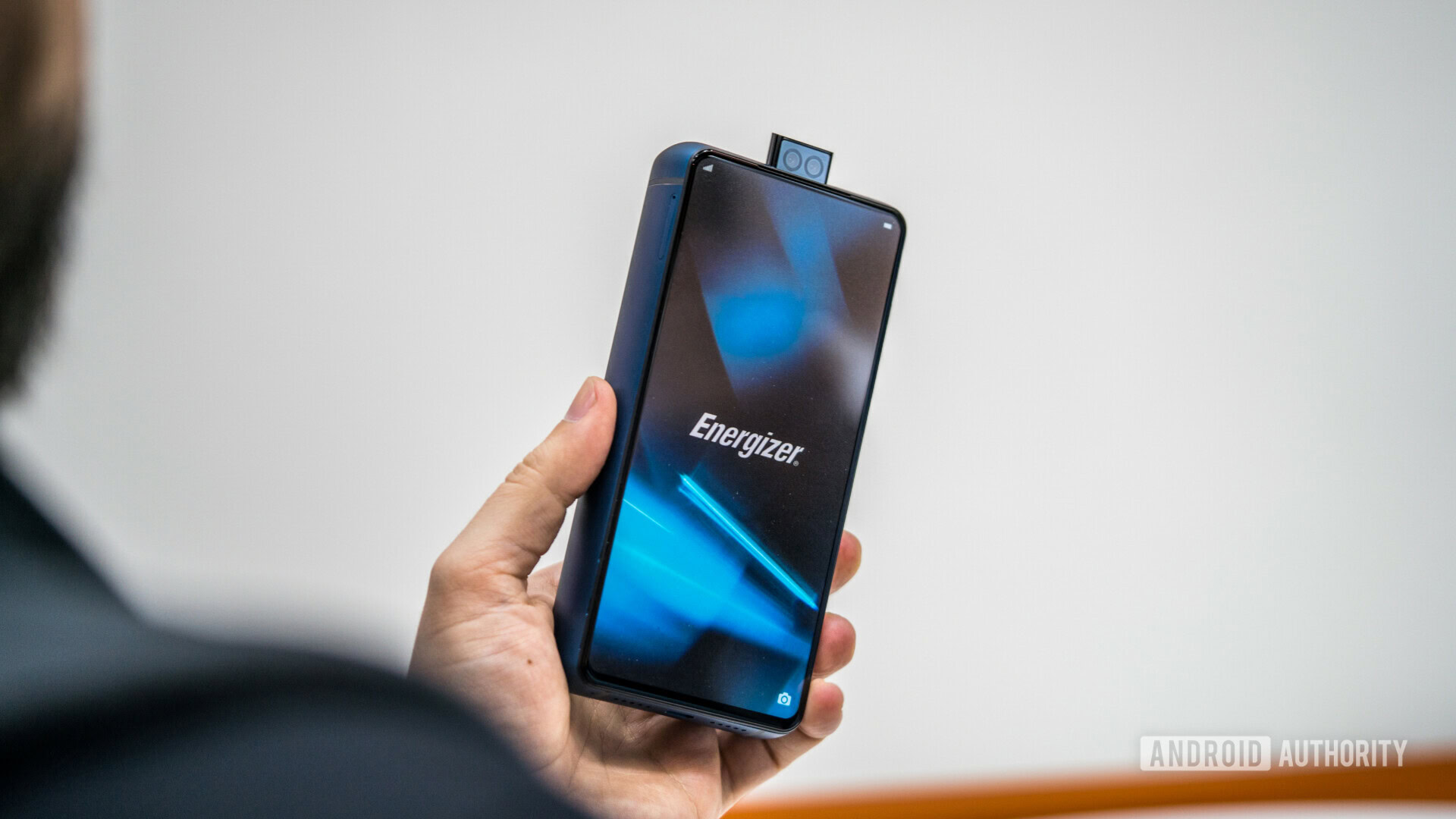
Smartphone enthusiasts are always looking for more: more performance, more battery life, more durability, more megapixels, more, more, more. Smartphone manufacturers, in response, invest heavily into figuring out how much more they can bring to their new models each year to ensure they become one of the best Android phones you can get.
The thing is, though, that if smartphone design truly didn’t matter, these investments wouldn’t be necessary. A smartphone manufacturer could just make a phone that’s an inch thick and weighs several pounds, and that would solve all battery life problems. Likewise, it could make phones out of rubber to increase durability or put a DSLR-esque camera lens on the back to increase the quality of photos and videos. A bold company could do all three things and make a veritable superphone: one that lasted a week, could be dropped from a building without worry, and capture professional-grade photos and videos.
Smartphone OEMs could easily make a superphone with a huge battery, giant camera lenses, and more. They don’t because the design of that phone wouldn’t work.
The problem, though, is that companies who have tried these ideas have seen the products fail to sell. Most general consumers don’t buy phones from Samsung’s XCover series, for example, even though they are built like tanks and are likely the most durable Android phones you can get. Likewise, many manufacturers have tried slapping “real” camera lenses on phones to make them photography powerhouses, but they have never been big sellers. We’ve also seen several concept phones from Energizer — like the one shown above — that cram enormous batteries into equally enormous phones in an attempt to solve battery woes. Those phones have never made it to retail, though.
The reason these ideas don’t become big hits is that we — meaning the collective group of smartphone consumers around the world — have settled on what the design constraints of a smartphone need to be. A smartphone can only be so big before it becomes a tablet, for example. On the flip side, it can only be so small before it becomes a smartwatch. It can also only be so thick and so heavy because it needs to be held in one hand most of the time and fit into a pocket the rest of the time. There are countless design limitations like these that manufacturers need to work around, and this is directly due to how much we do care about smartphone design.
A smartphone needs to be designed in a certain way or else it stops being a smartphone.
You can find similar situations in other tech products, such as laptops, smart glasses, and even cars. We, as a collective, have decided on what the core designs of these products should be and expect companies to innovate within those limitations. As with smartphones, the companies who reject those limitations and go for some wild, out-of-the-box design tend to see failure. There are outlier successes, of course — the original Galaxy Note was a joke when it launched, but it ended up altering the entire industry — but they are the exception to the rule.
In other words, a phone is successful not only because of its performance but also because of its design, which is objectively important, too. But what about how the phone looks, which is more subjective? That brings me to the subsequent common rebuttal to my enthusiasm for smartphone design.
“Who cares? You’re just going to put it into a case”
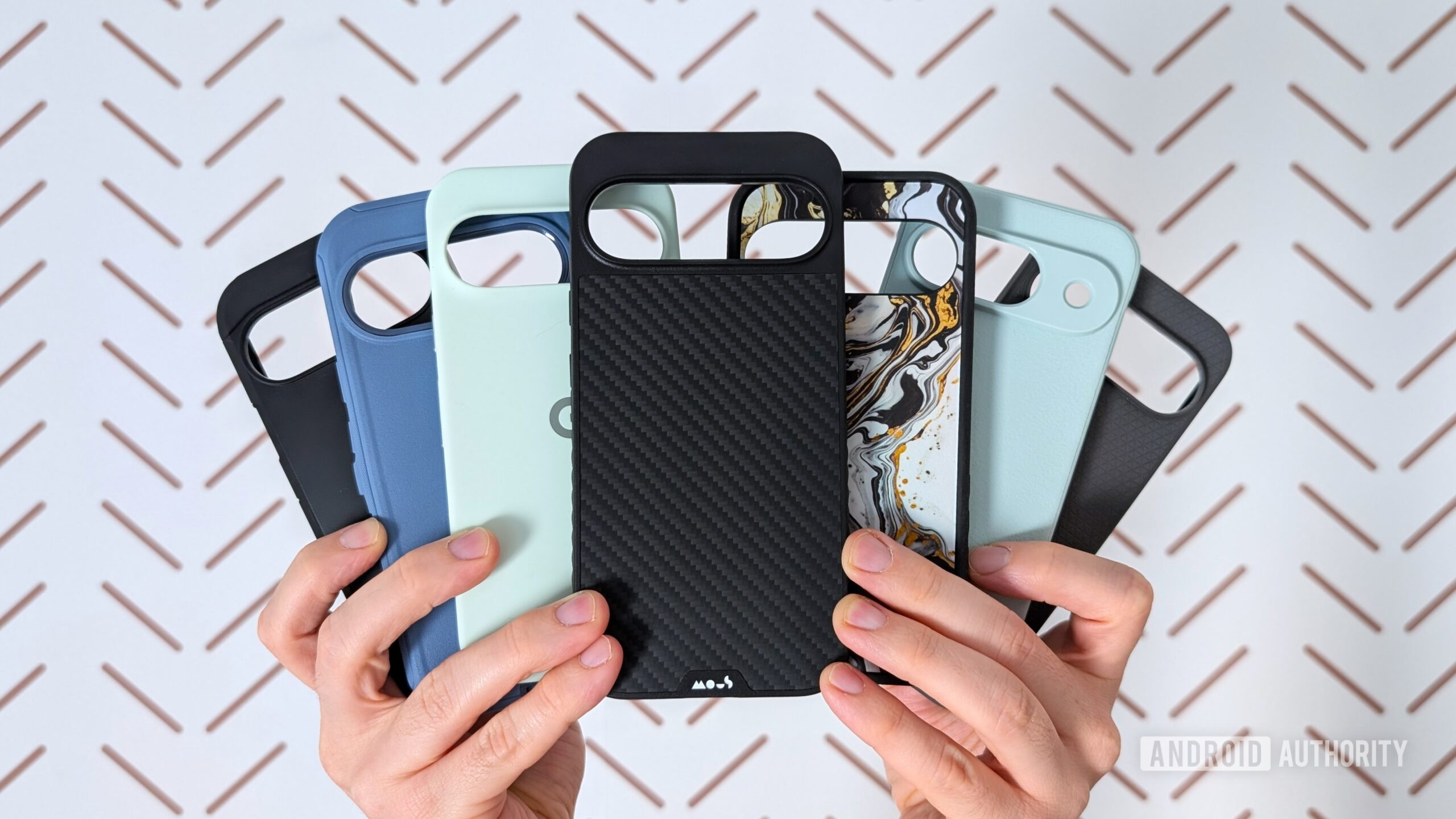
Nick Fernandez / Android Authority
At a very basic level, my response to this is simple: “No, I’m not.” I have been going case-free with my Google Pixel 9 Pro since I got it. I love it because there’s no extra thickness added to the phone, I get to enjoy the lovely Hazel colorway, and nothing is impeding the functionality of all the phone’s features — no cover on the buttons, nothing blocking the USB-C port, no edges jutting against the display bezels, etc.
However, I understand that not everyone is comfortable going case-free, and that’s fine. But even if you put your phone in a case, the phone’s design still matters because how you emotionally connect to it is a significant component of whether or not you will buy it.
There is an emotional component to everything you buy.
Recently, I wrote up a list of the most beautiful Android phones of all time. Many of the phones on that list weren’t great overall devices. The Nextbit Robin, for example, was a critical dud, and the Essential Phone never made it beyond that initial model. We still remember them, though, in part because how they looked had such an effect on us and the industry at large. In the case of the Essential Phone, it started the trend of having a notched display to accommodate the selfie cutout, a smartphone design feature that is still used to this day nearly eight years later.
In the comments of that article, you’ll find dozens of people talking about phones they think were beautiful, many of which are old and were relatively obscure during their heyday. Some examples are the Motorola Aura, the Sony Xperia Arc, and a phone I had never even heard of before, the Pantech Vega Iron A870. All these phones and more had a genuine effect on people in that comment thread simply because of how they looked.
How a product makes you feel is an integral part of your willingness to buy it.
Once again, this is also a phenomenon we see with other products. The third-generation Mitsubishi Eclipse was one of the coolest-looking cars I had ever seen back in the day, but it wasn’t a long-lasting success and isn’t even made anymore. I also absolutely love the look of the Fender Jaguar guitar, even though I hate the way it actually plays. There are many examples of this throughout everyone’s life, where they find themselves drawn to certain types of designs that make them feel a certain way, even despite how that thing actually works. But if a company can create something that gives you that feeling and is also a terrific product, they will be relatively assured of that product’s overall success.
Think about it: if this didn’t happen, we’d all be living in a house with beige furniture, driving to work in our beige cars with a beige phone in our beige pockets. This is not the case, though, because we are naturally drawn to certain colors, designs, and looks, and that has an effect on our purchasing decisions. Your case choice for your new phone is also affected by this: you’re not going to slap an ugly case on your new phone, after all.
So yes, many smartphone users will put their phone into a protective case, but that doesn’t mean the phone’s design is wholly irrelevant. If the phone is subjectively ugly, you’ll be less likely to become emotionally attached to it and, thus, less likely to buy it.
Smartphone design might not be the only thing, but it is a thing
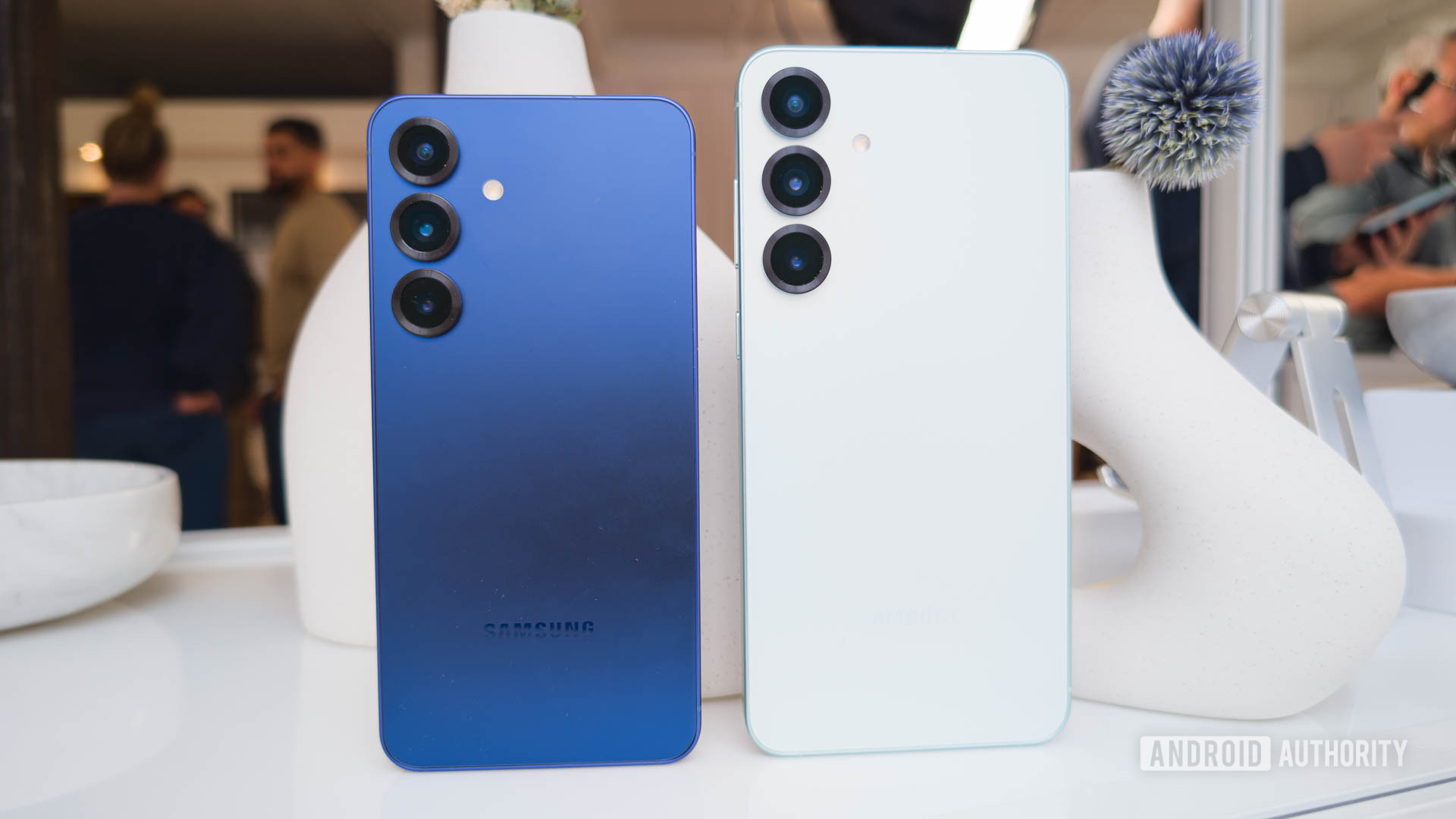
C. Scott Brown / Android Authority
I don’t expect everyone who reads this to come away thinking, “This guy is right. Smartphone design is the most important thing.” I definitely don’t believe that. The most beautiful phone in the world wouldn’t appeal to me if it had a garbage processor or camera hardware from 15 years ago or software that was anemic in features. Specs, software, update commitments, price, availability — all these things also matter when buying a phone.
The way a phone looks might not be the main reason you choose to buy or not buy it, but it is undeniably a factor.
However, I find it difficult to understand the idea that a phone’s design is completely inconsequential. This brings me back to the Samsung Galaxy S25 series and the lack of any advancements in the design. While there’s nothing inherently wrong with Samsung’s Galaxy design aesthetic, the overall look of the phones is growing quite old. In my opinion, it’s actually boring. Because I find the designs (and the limited choices in colorways) unexciting, I feel like the phone itself is dull. I know that there are impressive performance bumps thanks to the Snapdragon 8 Elite for Galaxy, and I know some of the new Galaxy AI features are pretty cool. But those things don’t make me feel anything about the phone. This is why I think Samsung is making a mistake by not freshening up the look.
I am totally on board with people not thinking this is a big deal. For certain buyers, a phone that looks just like last year’s (and the year before that, and the year before that) is not a big detraction. However, the idea that smartphone design has no bearing at all on one’s decision to purchase an expensive new phone is demonstrably false. It might not be the bedrock of your purchasing decision, but it is a pillar of it.
Hopefully, with this out there, the next time I spend a few hundred words reviewing how a phone looks, I won’t see comments about how I shouldn’t bother. Well, I hope I’ll see fewer of them, anyway.
What’s your reaction?
Love0
Sad0
Happy0
Sleepy0
Angry0
Dead0
Wink0
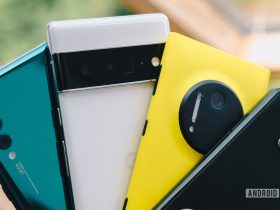








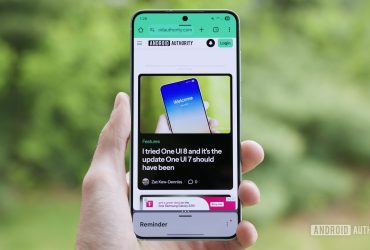

Leave a Reply
View Comments